By manipulating shutter speed and aperture, a whole new world of possibilities opens up, enabling photographers to unleash their creativity and capture stunning and surreal images. In this article, we will dive into the world of long exposure photography and explore the techniques, benefits, and key takeaways of this captivating art form.
What is Long Exposure Photography?
Long exposure photography involves using longer shutter speeds to capture images in low light conditions. By exposing the camera’s sensor to light for a longer duration, various elements in the scene, such as moving lights, water, or clouds, appear blurred or distorted, creating a sense of motion in the final image. This technique allows photographers to create beautiful light trails, smooth water surfaces, and dreamy, ethereal effects that are not visible to the naked eye.
Techniques for Long Exposure Photography
To capture mesmerizing long exposure photographs, photographers need to master a few techniques. Here are some essential tips to enhance your long exposure photography skills:
- Use a Tripod: Stability is crucial when shooting long exposures to avoid camera shake. Invest in a sturdy tripod to keep your camera steady throughout the exposure.
- Remote Shutter Release: A remote shutter release or timer function can prevent camera shake caused by pressing the shutter button. It allows for a smooth and steady capture of the scene.
- Select the Right Location and Time: Look for scenes that have potential for motion blur or interesting light trails. Experiment with different lighting conditions such as during sunset, twilight, or at night to create dramatic effects.
- Adjusting Shutter Speed and Aperture: Longer exposures require smaller apertures (higher f/numbers) to control the amount of light entering the camera. Play around with different shutter speeds to achieve the desired effect.
- Neutral Density (ND) Filters: ND filters are essential for daytime long exposure photography as they reduce the amount of light entering the camera, enabling longer exposures. They help create smooth water surfaces and capture movement in bright daylight.
The Benefits of Long Exposure Photography
Long exposure photography offers a plethora of benefits to both amateur and professional photographers. Let’s explore some advantages of this unique art form:
- Capturing Dynamic Scenes: Long exposure techniques allow photographers to capture the sense of movement and dynamism in scenes that are otherwise static. Whether it’s flowing water, moving clouds, or bustling city streets, long exposure photography brings life and energy to static subjects.
- Creating a Surreal Atmosphere: The ethereal effects achieved through long exposure photography create dreamy and surreal atmospheres. Smooth water surfaces, light trails, and streaks of light provide a touch of magic that adds a unique quality to photographs.
- Showcasing Time Passing: Long exposures can compress time, capturing the essence of hours or even an entire day in a single frame. This technique adds a storytelling element to the photograph, allowing viewers to perceive the passing of time in a single image.
- Unique and Standout Images: With long exposure photography, photographers can create images that stand out from the crowd. By mastering this technique, you can capture unique and captivating shots that leave a lasting impression on viewers.
Inspiration and Key Takeaways
Long exposure photography is a playground for creativity, allowing photographers to experiment and push the boundaries of traditional photography. Here are some key takeaways to inspire and help you elevate your long exposure game:
- Experiment and Practice: Long exposure photography is as much about experimentation as it is about skill. Embrace the learning process, try different techniques, and practice regularly to refine your artistic vision.
- Scout Locations: Plan your shoots in advance and scout locations to find scenes that have the potential to create stunning long exposure images. Look for interesting light sources, moving elements, and unique compositions.
- Master Your Equipment: Get to know your camera and its settings inside out. Understanding exposure, manual mode, and using filters effectively will give you more control over the final image and open up endless creative possibilities.
- Compose Thoughtfully: Pay attention to composition and framing. Consider the placement of elements in the frame and how they will interact during the long exposure. Use leading lines, foreground interest, and other compositional techniques to create visually pleasing images.
- Experiment with Post-Processing: Digital editing tools can further enhance the impact of your long exposure photographs. Explore techniques such as adjusting exposure, contrast, and colors to create your desired artistic vision.
Long exposure photography is a realm where photographers can unleash their creativity and transform ordinary scenes into breathtaking works of art. By mastering the techniques, exploring different subjects, and experimenting with post-processing, you can create images that evoke emotions and leave a lasting impression on viewers. So grab your camera, tripod, and venture into the world of long exposure photography – where light becomes your brush, and possibilities are boundless.
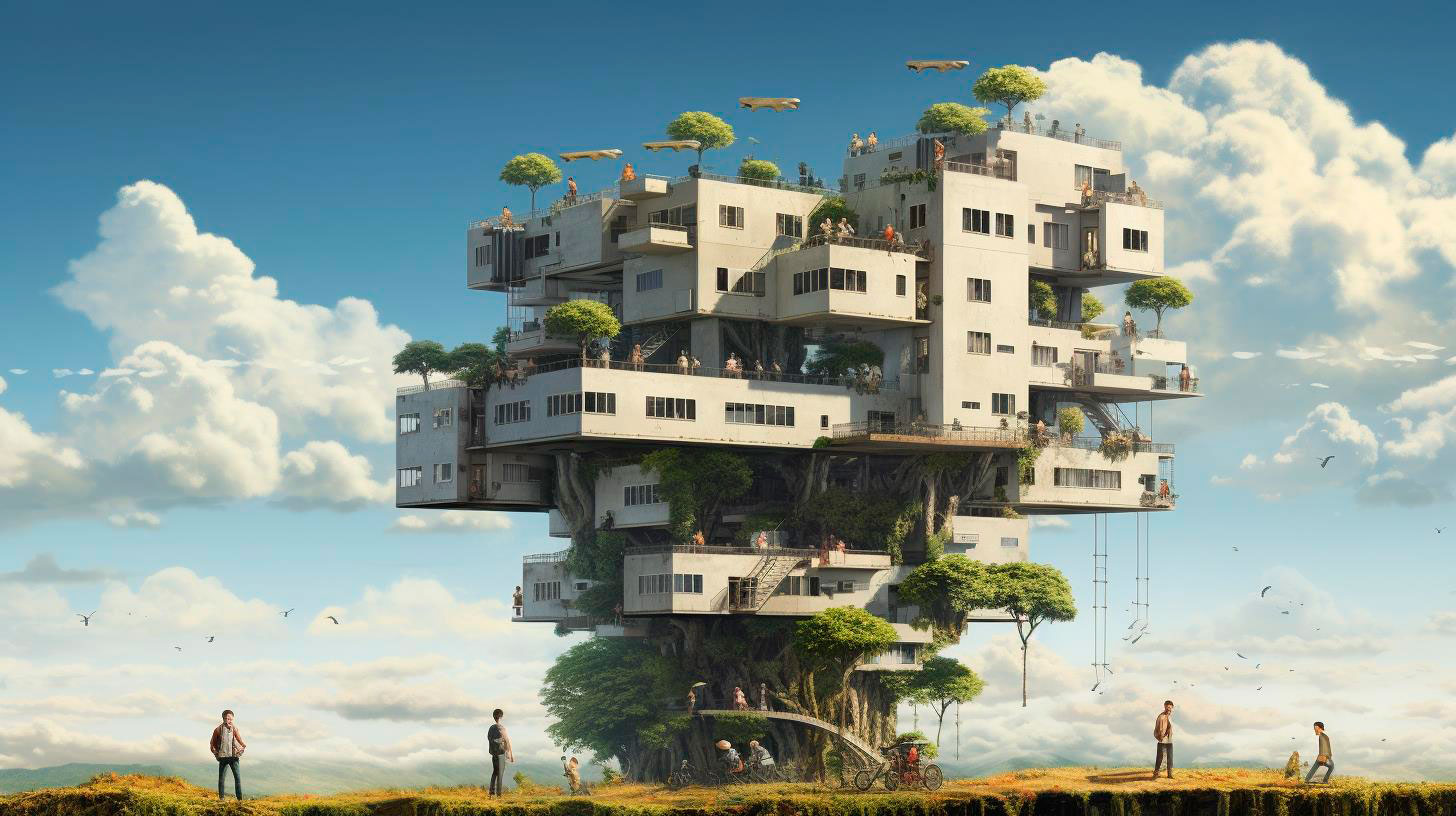


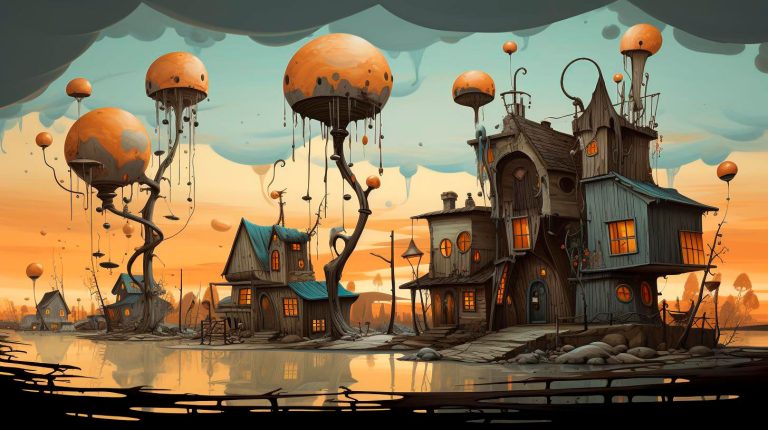
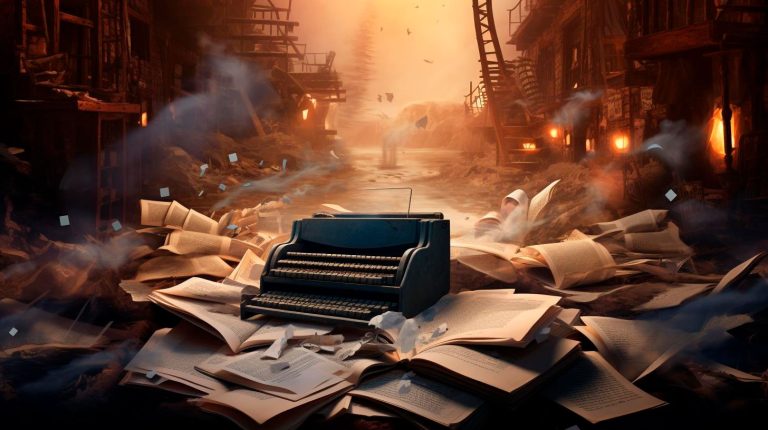
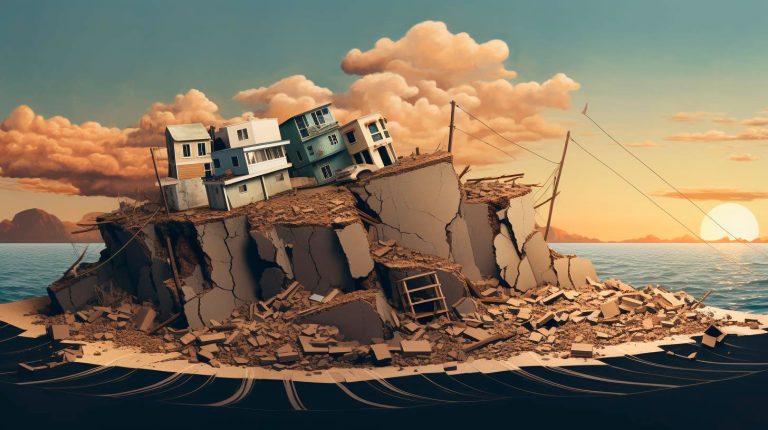
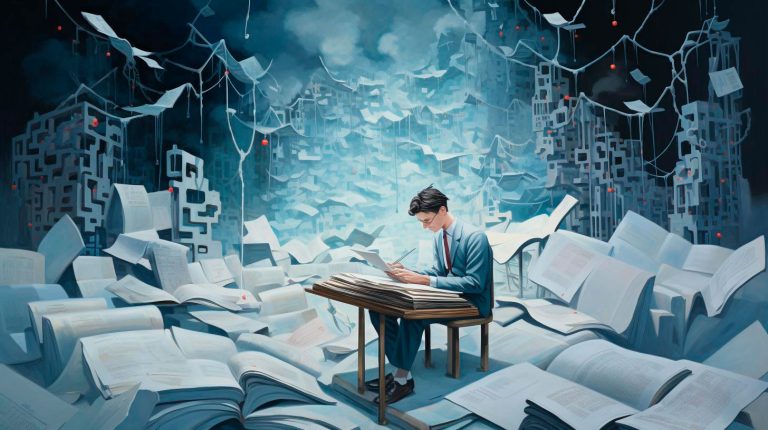
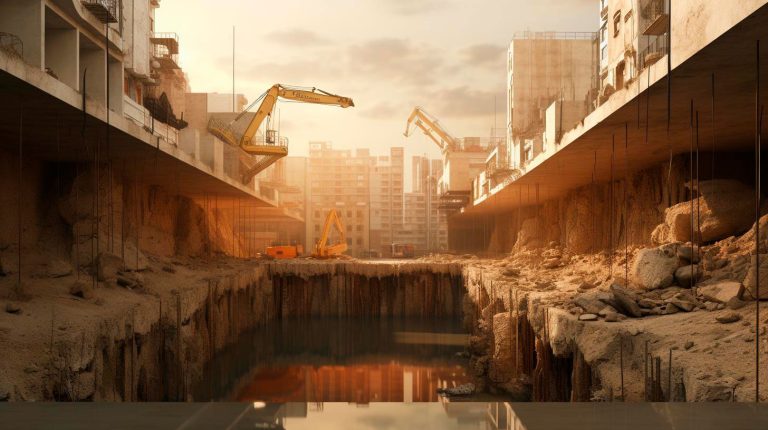








+ There are no comments
Add yours